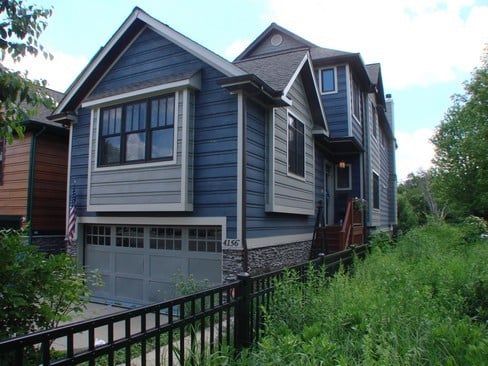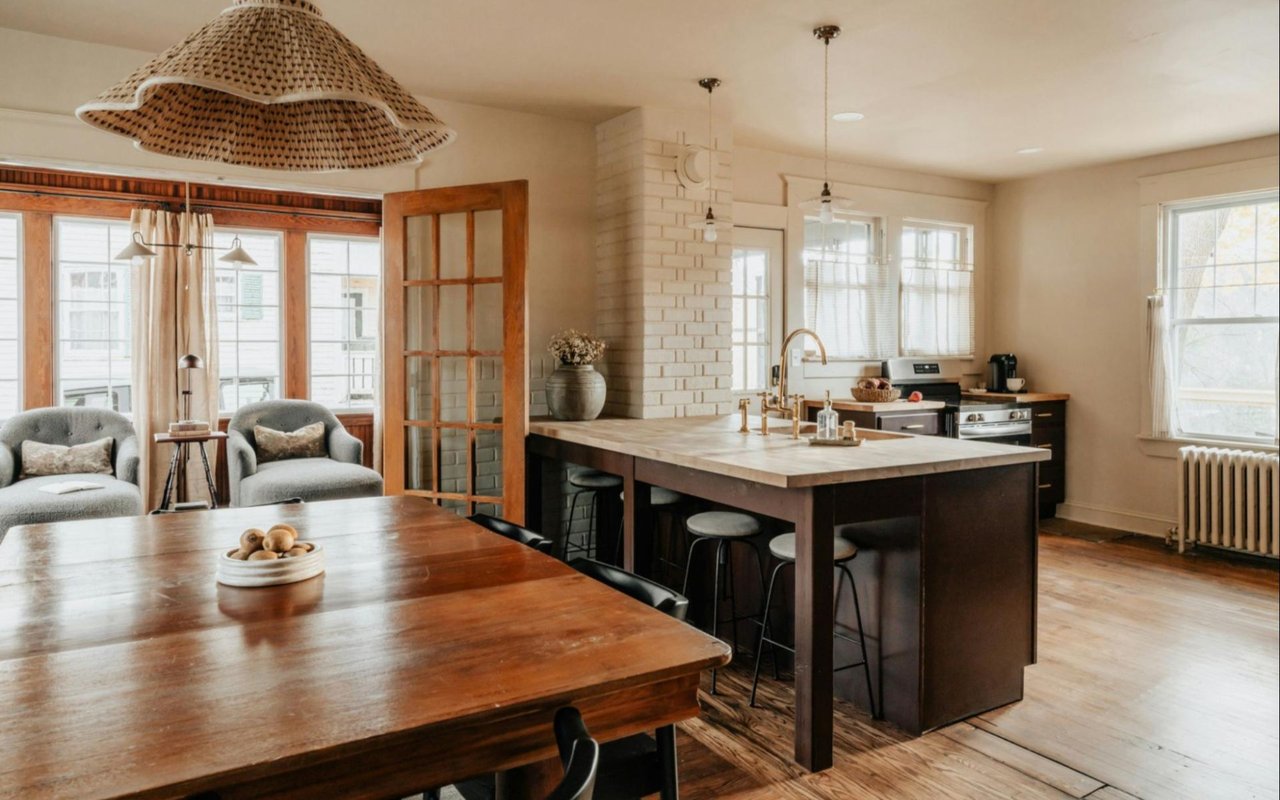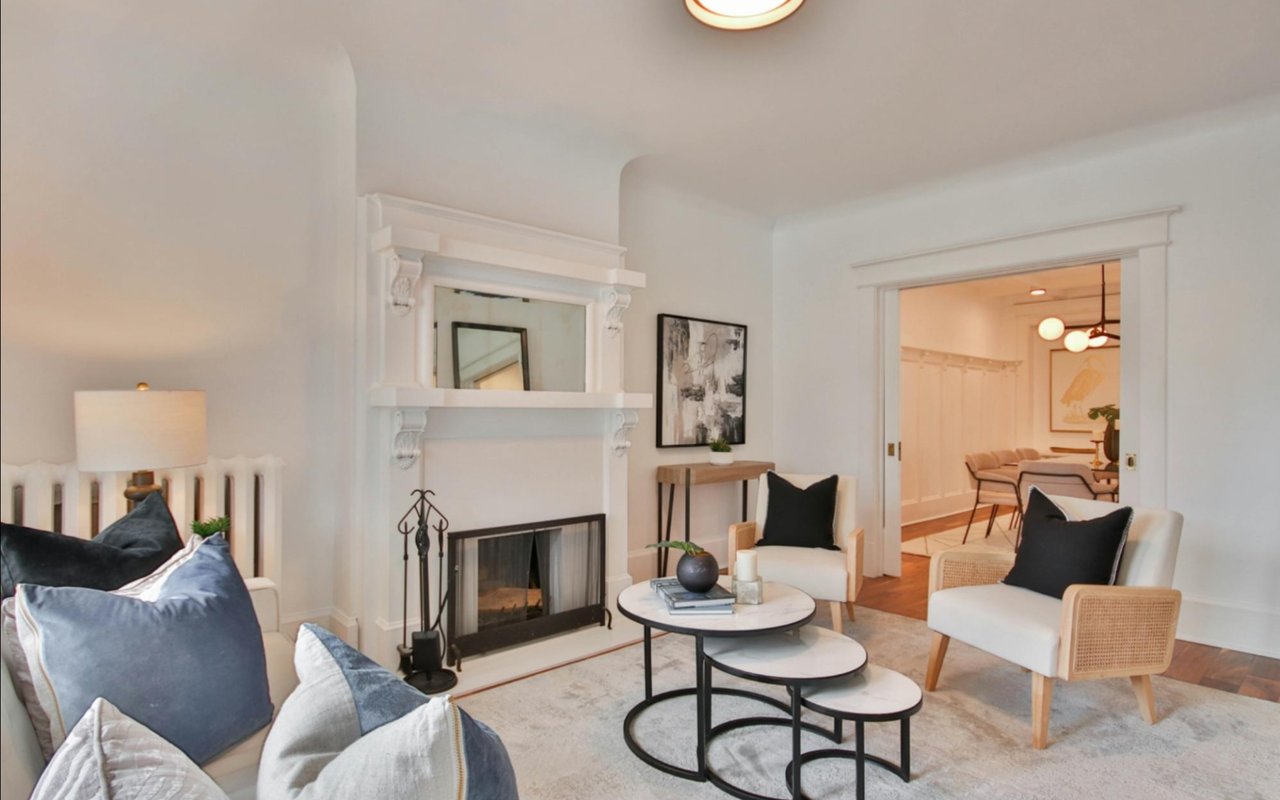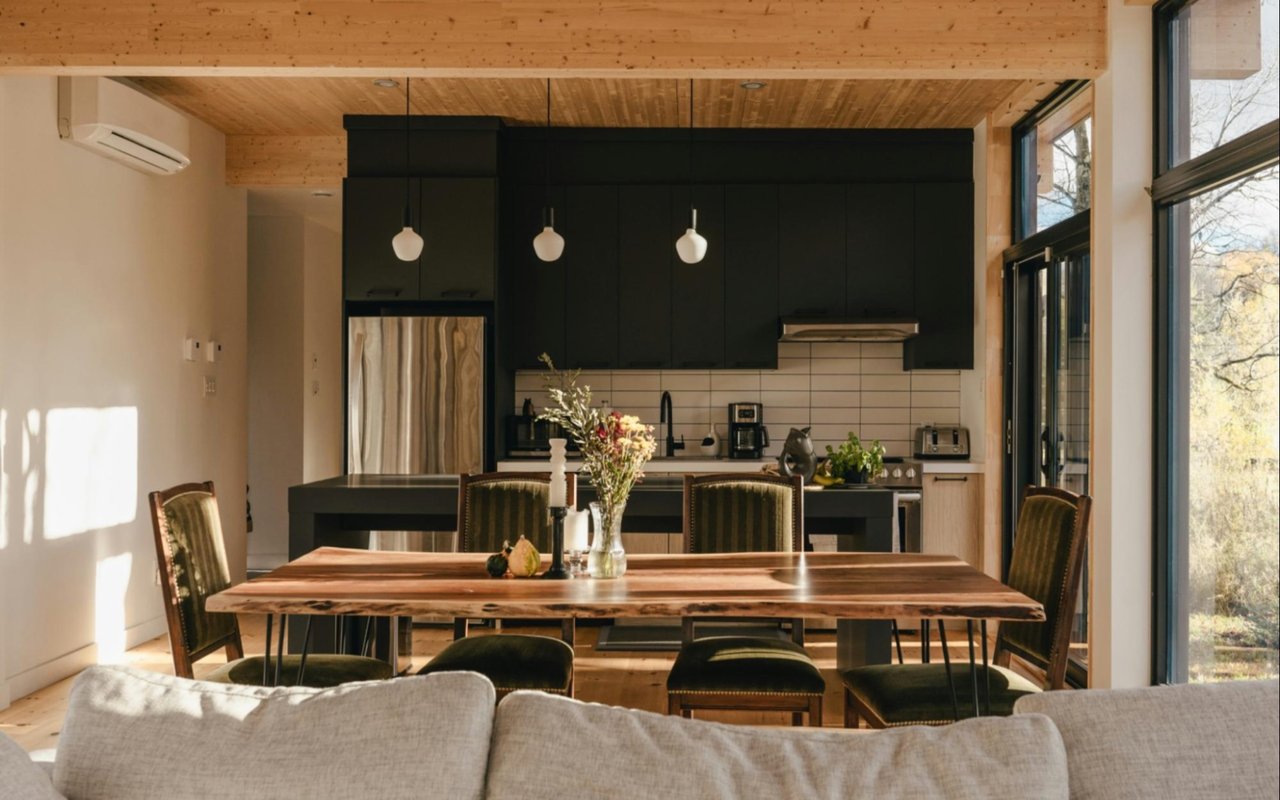Chicago’s housing market offers a broad range of properties, from vintage brownstones to sleek modern condos. But among listings, one phrase often stands out: “move-in ready.” For many buyers, particularly first-timers or those relocating to the city, this term suggests simplicity and immediate comfort. However, what “move-in ready” means in practical terms can vary greatly, and determining whether this kind of home aligns with your lifestyle, budget, and future goals is essential. This guide explores what defines a move-in ready home in Chicago and how to decide if it’s the right choice for you.
Defining "Move-In Ready" in Chicago
In Chicago, the term “move-in ready” generally refers to a home that requires no immediate repairs or updates and can be comfortably occupied upon closing. These properties typically have functional mechanical systems, clean and updated interiors, and appliances in working order. Key components like the roof, plumbing, electrical, and HVAC are expected to be in good condition. Buyers should be able to move in without needing to perform renovations or upgrades, allowing for a smooth transition into homeownership. However, the definition may vary slightly between sellers and agents, so clarity is essential.
Common Features of Move-In Ready Homes
Most move-in ready homes feature neutral décor, modern appliances, and clean, well-maintained interiors. These properties often include open-concept layouts, contemporary countertops, smart home integrations, and updated fixtures. In more traditional home settings, buyers might find landscaped yards, finished basements, or attached garages. While move-in ready does not necessarily equate to luxury, it does imply that buyers won’t need to invest additional time or funds before comfortably settling in.
What’s Not Included in "Move-In Ready"
The term “move-in ready” can be subjective and doesn’t always mean brand-new or flawlessly updated. A home can be considered move-in ready even if its finishes or layout are dated or not aligned with a buyer’s personal preferences. Cosmetic elements—such as older cabinets, wall colors, or flooring—might still be present. In some cases, homes may be staged to look pristine while hiding deferred maintenance issues like worn roofs, outdated mechanical systems, or poor insulation. It’s essential for buyers to perform thorough inspections to avoid surprises.
Move-In Ready vs. Fully Renovated
Many buyers mistakenly believe move-in ready means fully renovated. While both home types are functional and habitable, a fully renovated property usually includes significant structural or design updates, such as redesigned layouts, gut-rehabbed interiors, or added square footage. By contrast, a move-in ready home may simply be in good working condition without major upgrades. A property might look clean and fresh, but still retain outdated elements like original kitchen cabinetry or older bath tiles. Asking detailed questions about what has been replaced or upgraded is crucial.
The Benefits of Buying a Move-In Ready Home
The primary advantage of a move-in ready home is convenience. Buyers can move in immediately without the need for repairs or remodeling, making it especially appealing for those with tight timelines or relocating for work or school. These homes also allow for more predictable budgeting, since fewer post-purchase expenses are involved. Many buyers are willing to pay more upfront to avoid the complexities of renovations. Additionally, move-in ready properties are often easier to finance and appraise, simplifying the transaction process.
Potential Drawbacks to Consider
While move-in ready homes save time and offer instant usability, they often come with higher purchase prices compared to properties requiring updates. Buyers might have to compromise on location, size, or outdoor space to stay within budget. There’s also the issue of personalization, since the home reflects someone else’s style choices, buyers might eventually desire changes.
Ideal Buyers for Move-In Ready Homes
Move-in ready properties are ideal for individuals with busy schedules, those unfamiliar with home renovations, or anyone who needs to transition quickly. They are especially well-suited for buyers seeking simplicity, such as first-time homeowners or those relocating from another city or state. For people who prioritize convenience, low maintenance, and ease of living, a move-in ready home provides a practical solution with minimal complications.
Move-In Ready in a Condo Market
In urban environments, move-in ready homes are often condominiums that offer turnkey convenience and minimal upkeep. These units typically include modern finishes and shared amenities, making them attractive to buyers who value efficiency and central living. However, buyers should carefully evaluate the condition of the entire building, not just the unit. Even if the condo itself is in perfect shape, issues like deferred maintenance, outdated systems, or upcoming special assessments within the association can impact overall ownership costs.
How to Verify a Home Is Truly Move-In Ready
To determine if a home is genuinely move-in ready, buyers should go beyond listing descriptions. Partnering with an experienced real estate agent is essential to help identify potential red flags and review the seller’s disclosure documents. Agents can also recommend professional inspectors who will evaluate the condition of critical systems like HVAC, plumbing, roofing, and insulation. These evaluations are especially important in older homes, where superficial updates might mask deeper structural concerns.
Ready to Make the Move in Chicago?
Choosing between a renovation-ready home and one that is move-in ready ultimately depends on a buyer’s lifestyle, experience, and financial priorities. Whether you’re seeking a low-maintenance downtown condo or a turnkey family home in a quiet neighborhood, contact Millie Rosenbloom today to explore move-in ready homes in Chicago.
*Header photo courtesy of Unsplash




